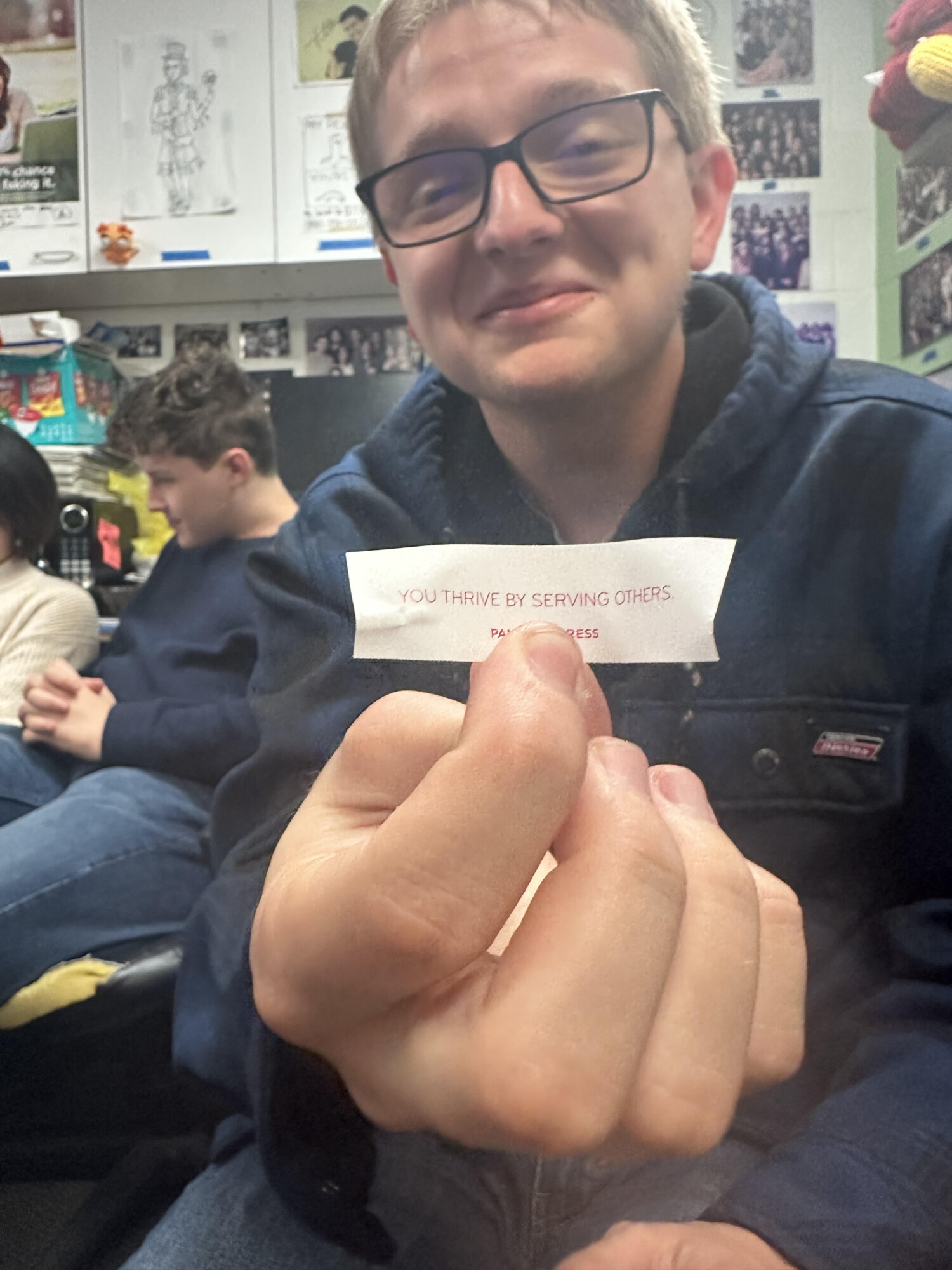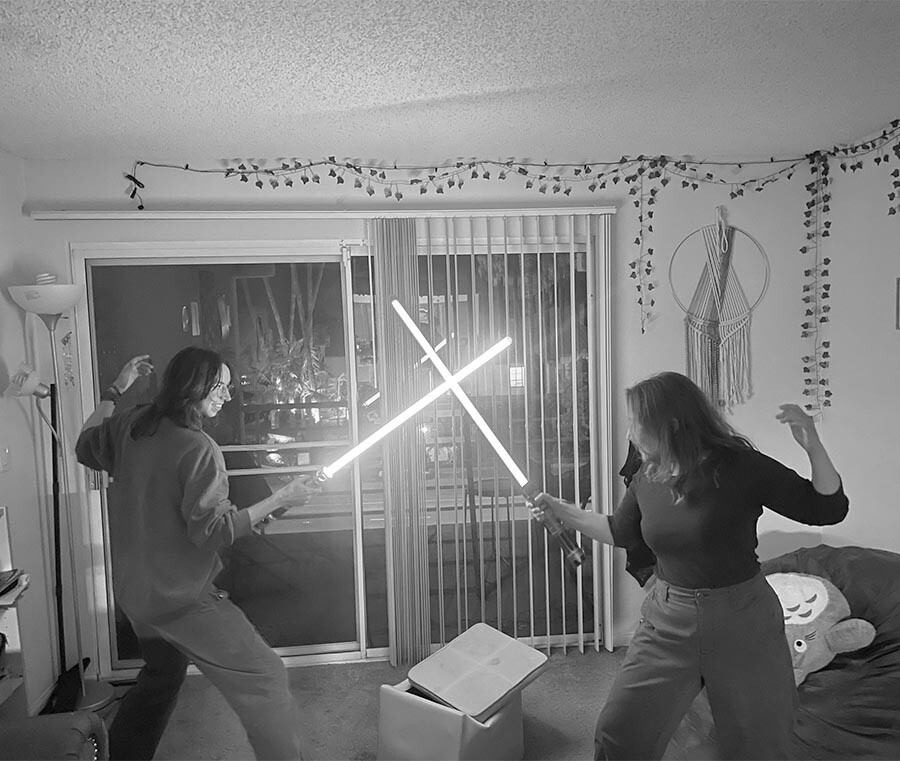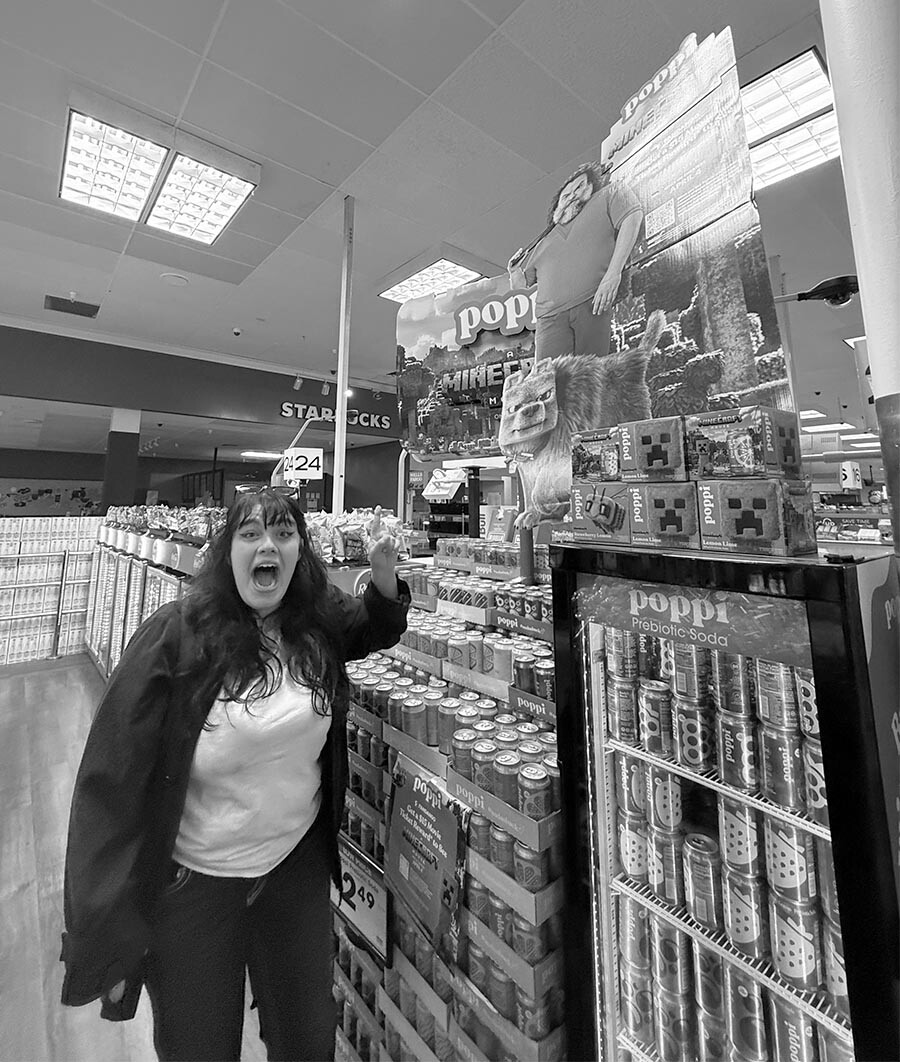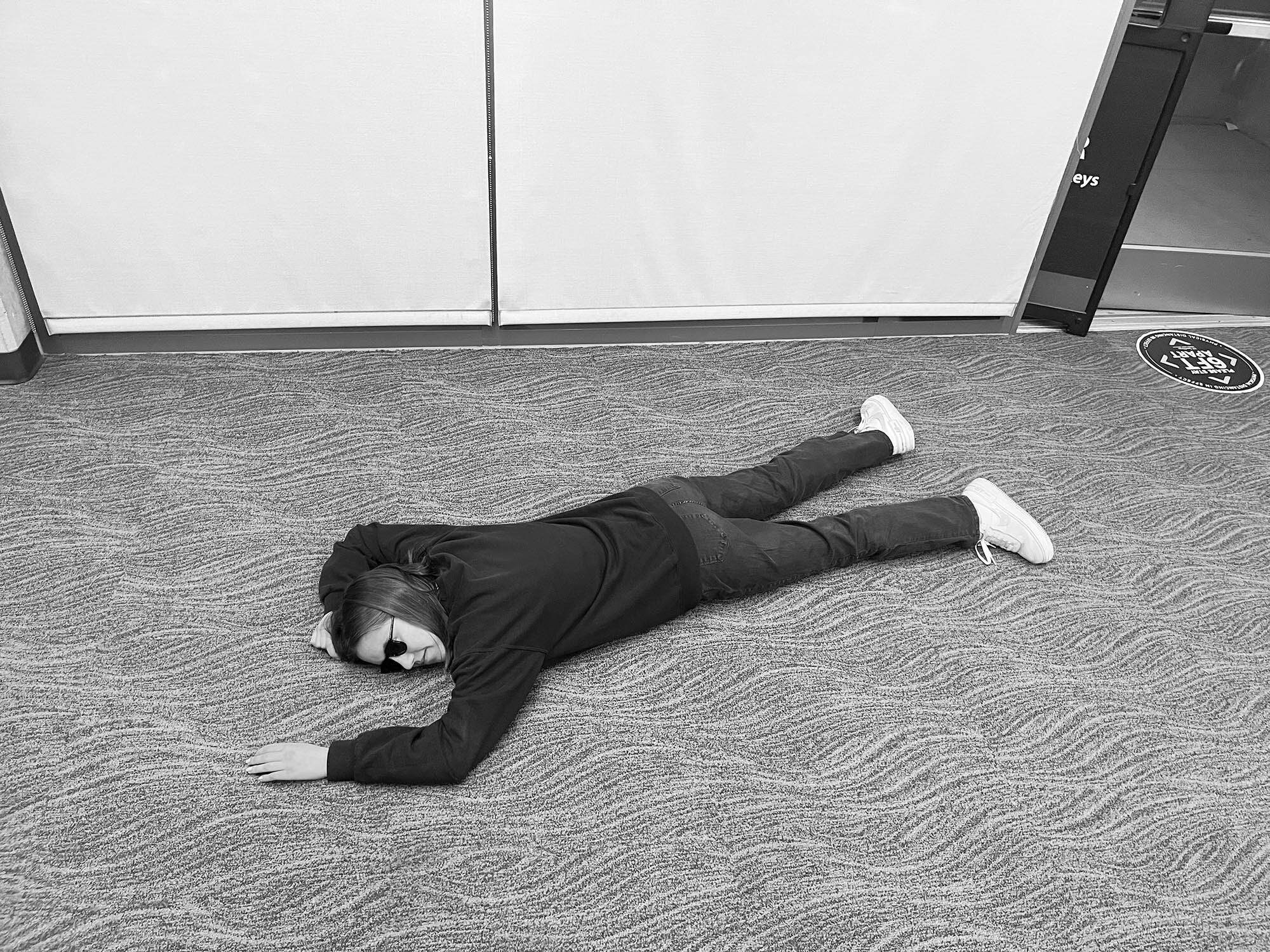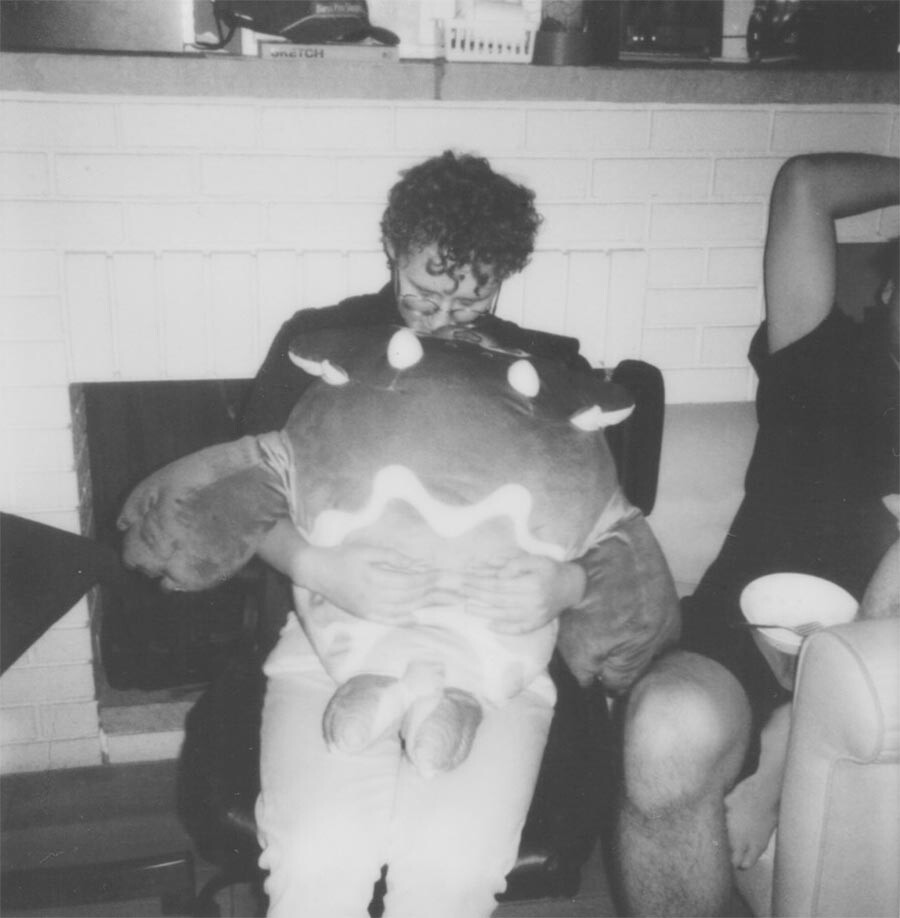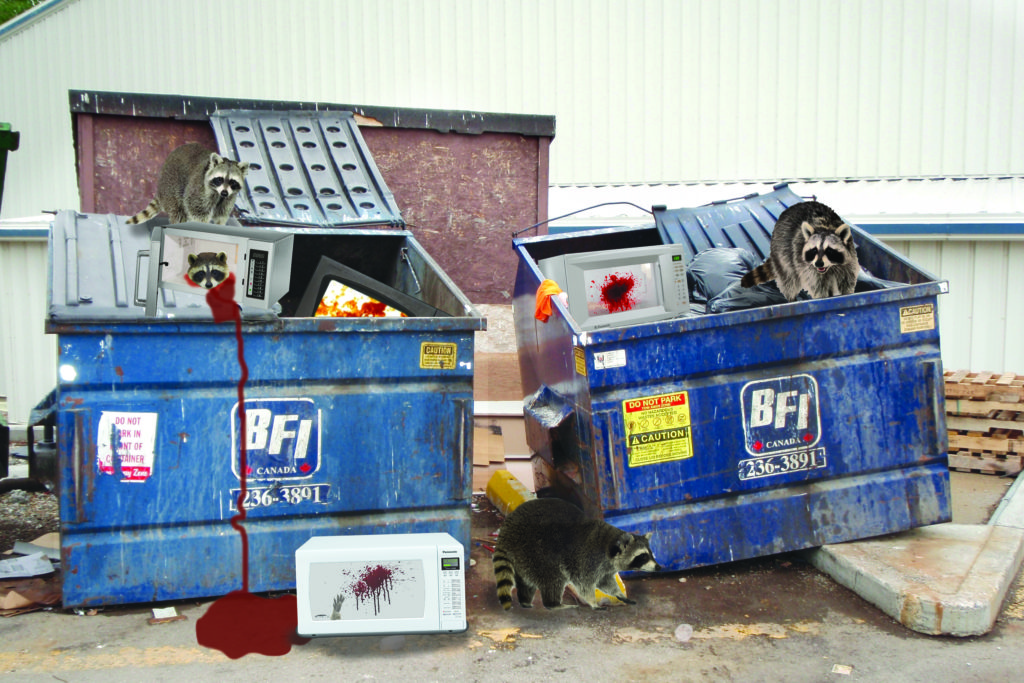
Photo by: Cole Steffensen
Recent research by undergraduate students has confirmed a curious radiobiological phenomenon.
“It has long been theorized that microwaving raccoons is a bad idea, but our research provides the first concrete proof,” said Justin Wong, leader of the student research group.
“Just as was mathematically predicted years ago, our experiment was safe neither for the raccoons nor the microwave,” Wong continued. The applications for this knowledge are thousand-fold. Initially, I got involved with the experiments because I’m a communications major, so I have literally nothing better to do with my time than stuff raccoons into microwaves to see what happens, and I was thrilled to find a way to get paid for doing what I was going to do anyways.
“This research, however, turned out to be so much more. Now, I can say that I was involved in research that will surely change millions of lives for the better. Not raccoon lives, obviously, but you know what I mean.”
Two prominent applications of the study’s findings are in the culinary arts and in animal control. Genevieve Willis, head of Warren College Pest Control, commented, “Raccoons have the second worst infestation of any pest in Warren, behind only douchebag engineers. If it weren’t for this very important study, we may have never known the risks of disposing of raccoons in microwaves. Testing on whether or not douchebag engineers are microwave safe is scheduled to begin next month.”
Gordon Ray, “Head” “Chef” at Canyon Vista “Restaurant,” expressed similar hopeful sentiments.
“Without this study, who knows?” he said. “Maybe some student worker would keep microwaving our raccoon tenders instead of deep frying them. We currently believe deep frying raccoons is significantly safer than microwaving them, but I’m hesitant to make any promises. Did I say raccoon tenders? I meant to say paninis. This is off the record, right?”
Certain activists have taken issue with the ethics of the experiment, including Jasmine Wright, president of Cruelty-Free Cooking San Diego, or CFC-SD.
“I can hardly comprehend the moral bankruptcy implied of the experimenters by their methods,” she said. “Hopefully, this will draw attention to the growing crisis of cruelty to cooking appliances. CFC dreams of the day when mankind can live in harmony with ovens, toasters, tea kettles, grills, and yes, even the lowly microwave.” Wright refused to comment on the effects of CFC-SD on the ozone layer.
Emily Ruiz, one of the researchers, has expressed hope for her group’s work to continue. “I hope to someday microwave a ferret or a platypus. Then, once I’ve been established on the microwave scene, I could graduate to guinea pigs and seagulls. I could also see myself going in an endangered species direction — I could be the first scientist to microwave a Bengal Tiger. I better get that done soon, though.”
Written by: Leo Grabowski





